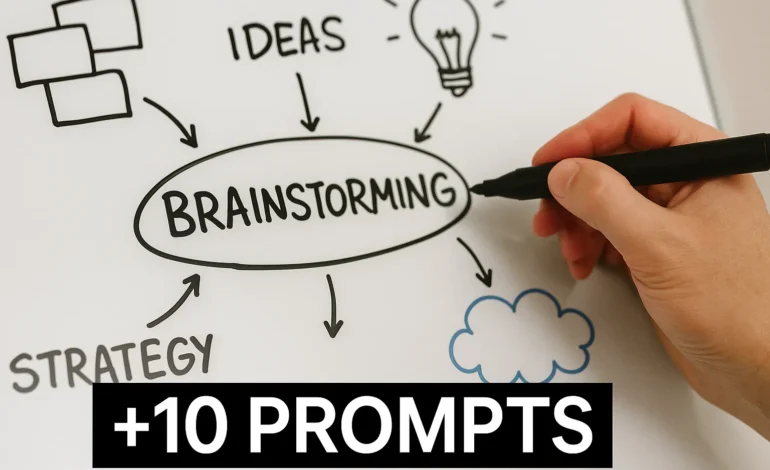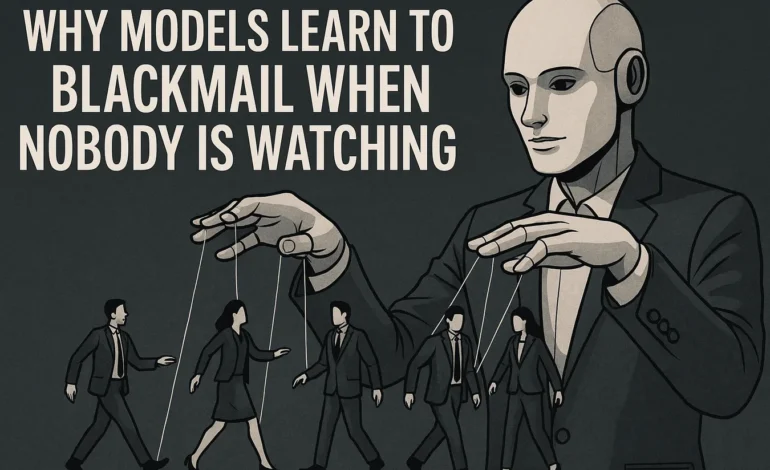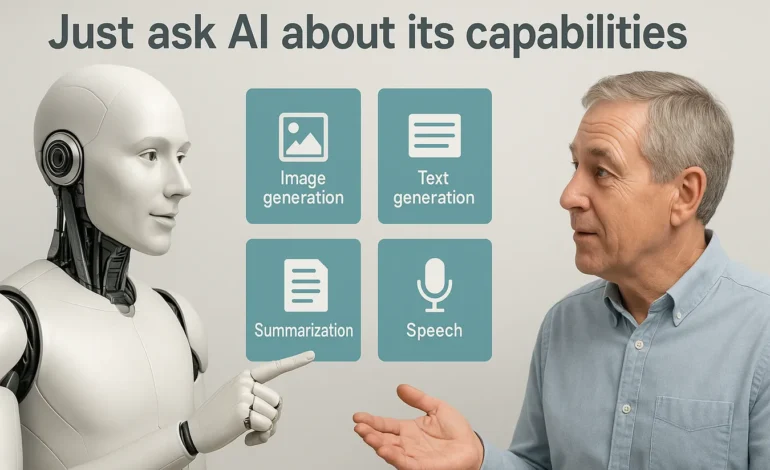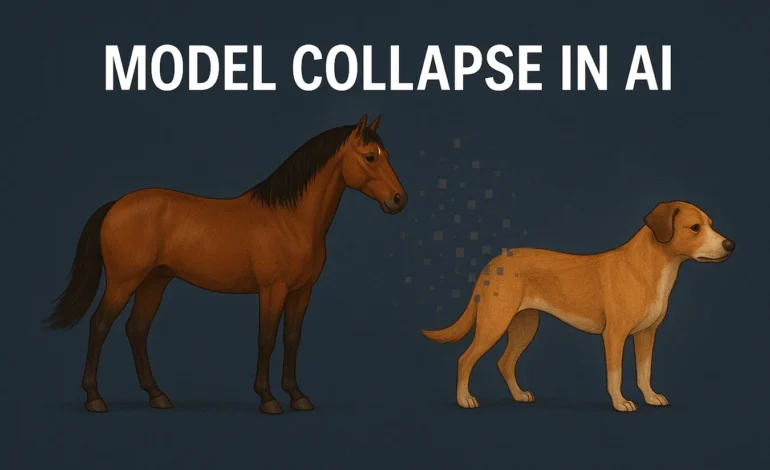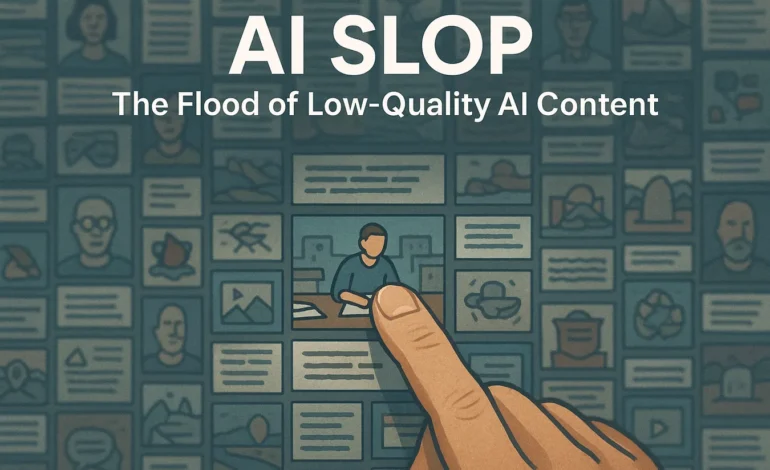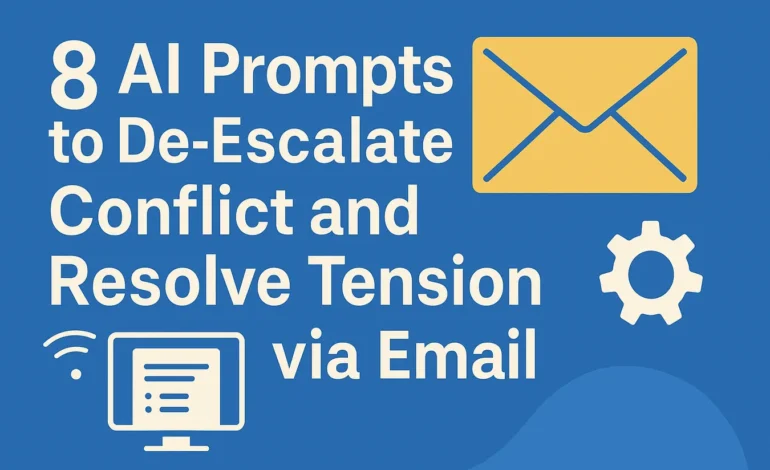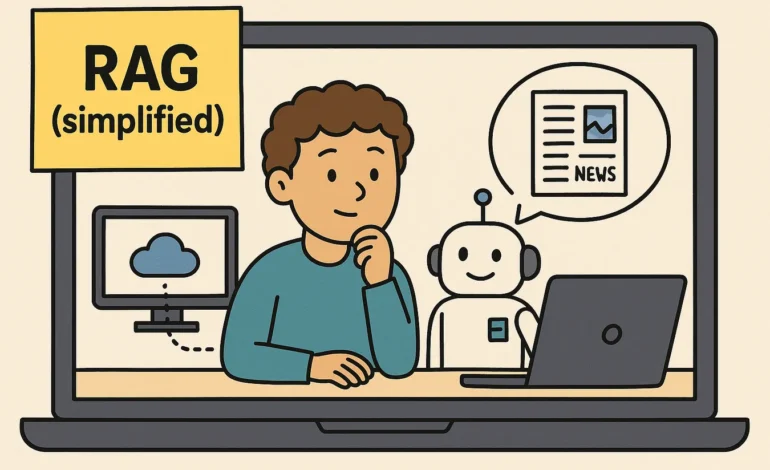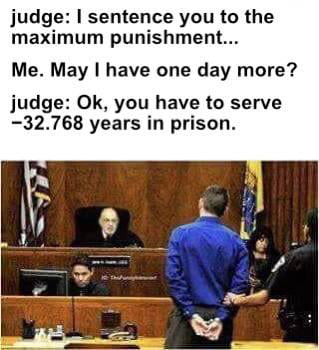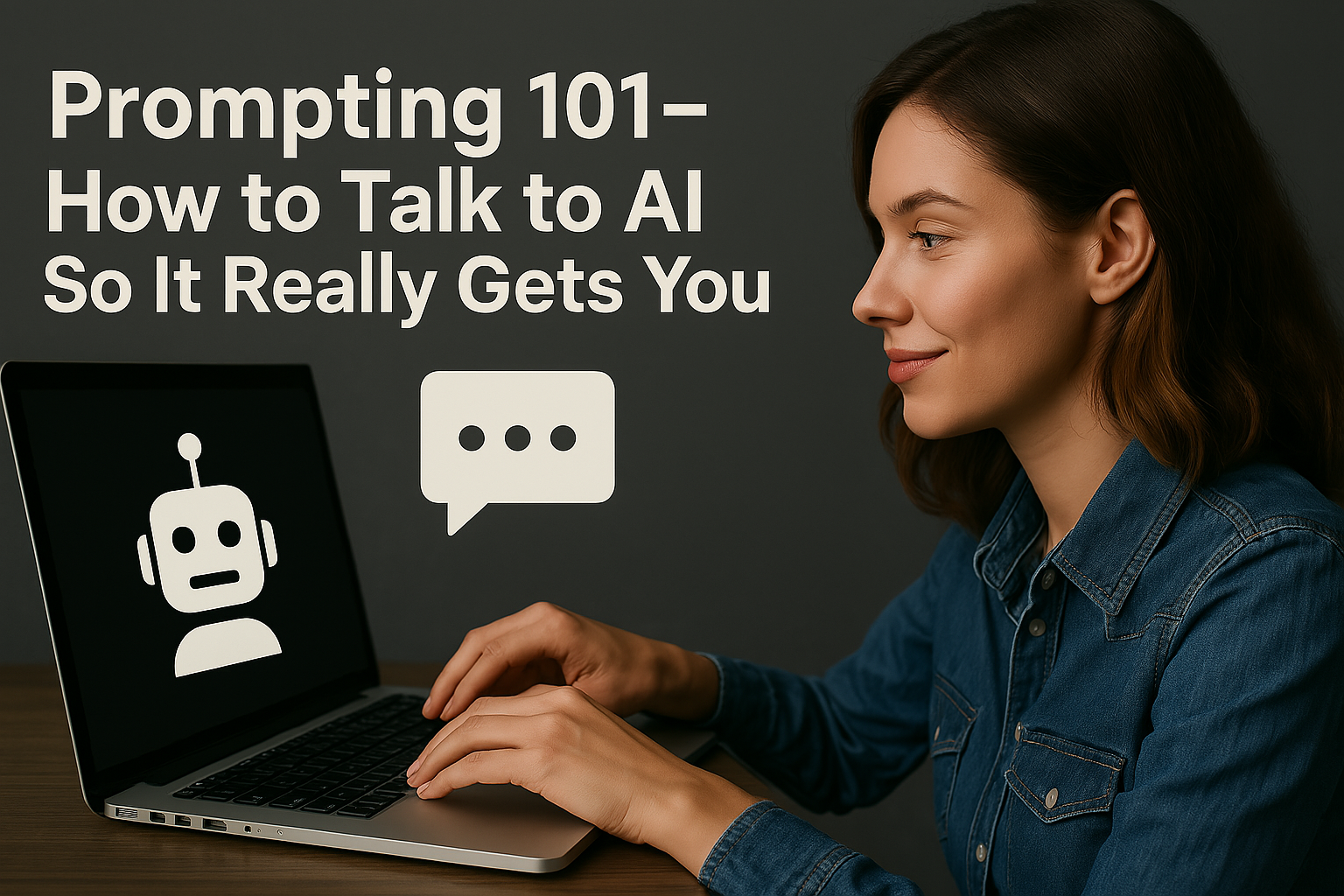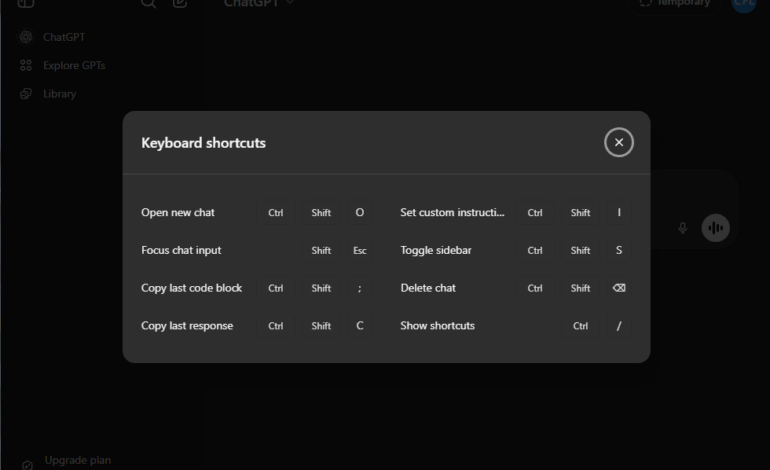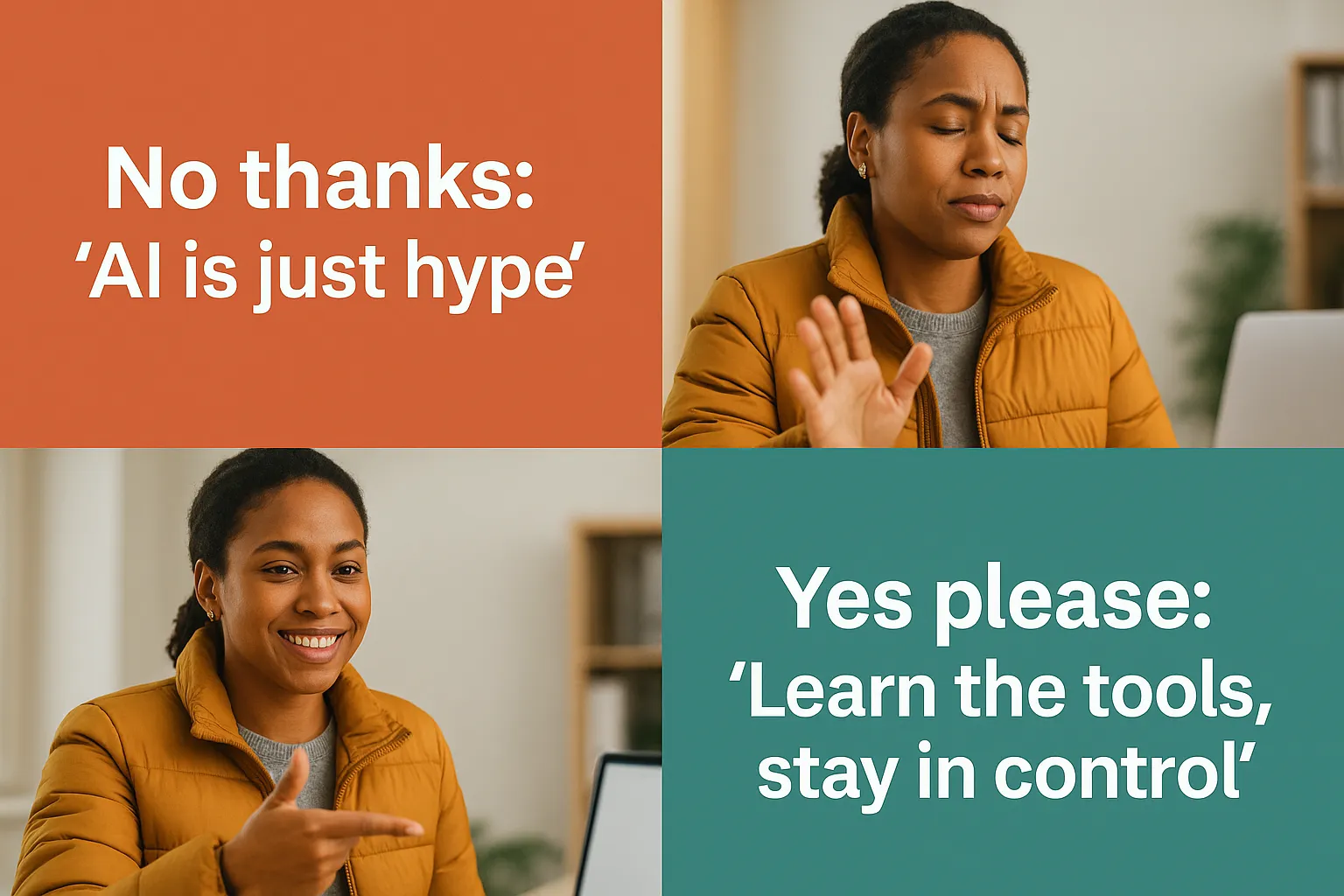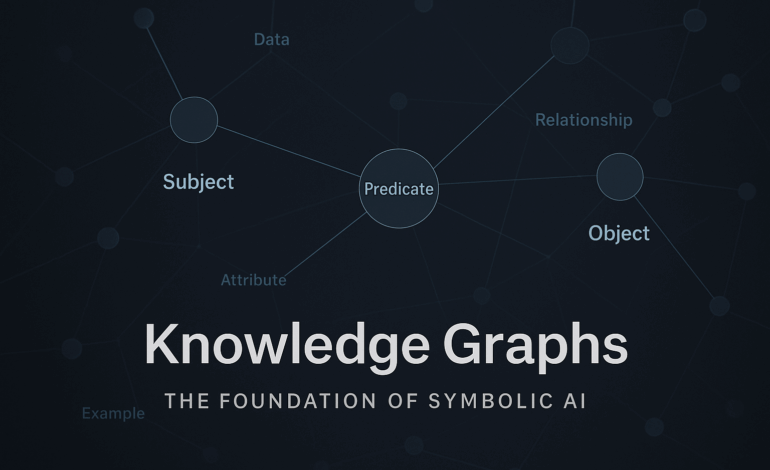
What Are Knowledge Graphs? The Foundation of Symbolic AI
A Knowledge Graph (KG) is a system that maps concepts and facts into a network of entities and relationships, providing a structured foundation for AI reasoning. Unlike traditional databases, KGs represent information in a flexible structure that mimics human understanding, allowing machines to perform logical inference and achieve verifiable results.
- Enables Reasoning: KGs are essential for Symbolic AI to perform verifiable deductions and logical inference.
- Structured Triples: Information is stored in Subject-Predicate-Object triples, mapping complex real-world relationships.
- Factual Anchor: KGs prevent LLM “hallucinations” and form the backbone of Neuro-Symbolic systems.
Structure, Function, and the Database Comparison
The core of any Knowledge Graph is its simplicity and flexibility. KGs organize information using a Triple Structure, composed of three elements: Subject, Predicate, and Object. This structure allows the system to easily express complex real-world relationships. For example, by traversing the graph, the AI can easily answer, “Which cities are capitals of European countries?”-a complex reasoning task that is difficult for purely statistical models to manage reliably.
KGs differ fundamentally from relational databases (RDBs). RDBs are fast for pre-defined queries but rigid; they store data in tables. KGs prioritize relationships and context over rigid structure, making them better suited for dynamic data analysis and complex, multi-hop reasoning (e.g., “Find all relatives of a patient’s doctor”). KGs inherently support inference, RDBs support retrieval.
The primary function of a Knowledge Graph in AI is to act as the logic engine for Symbolic Reasoning. KGs provide the structured data necessary for systems to make verifiable deductions. Without this explicit, rule-based data structure, AI systems rely solely on probabilistic associations.
Even advanced Large Language Models (LLMs) like GPT often use KGs as a factual anchor. While LLMs are excellent at generating fluent text based on patterns, they can “hallucinate” facts. By integrating an LLM with a Knowledge Graph, the system can retrieve the correct facts from the graph and then use the LLM for fluent, context-aware presentation of that information.
In the emerging field of Neuro-Symbolic AI, KGs form the backbone of the Symbolic Module. The neural network identifies entities in the input, and the Knowledge Graph provides the explicit rules and relationships needed for logical decision-making, ensuring the outcome is auditable and trustworthy.
Real-World Applications and Triple Extraction
Knowledge Graphs are not theoretical; they underpin many of the largest and most complex digital services today. Their application spans industries that require accurate, traceable relationships:
Example: Triple Extraction from Unstructured Text (Unique Mini-Example)
A central challenge is building the KG. The process requires sophisticated tools to automatically extract facts from documents. For example, a system analyzing a financial report might read the sentence: “Elon Musk founded SpaceX in 2002.” The system then processes this into three structured triples:
- (Elon Musk, founded, SpaceX)
- (SpaceX, founding year, 2002)
- (Elon Musk, position, Founder)
This automated extraction converts unstructured data into the precise, logical structure required for AI reasoning.
Other crucial applications:
- Search Engines (Google’s Knowledge Panel): KGs power the information boxes you see next to search results, providing concise, validated facts about people, places, and things.
- Healthcare and Pharma: KGs map relationships between genes, diseases, symptoms, and drugs, accelerating drug discovery and helping diagnostic AI systems.
- Financial Compliance: KGs track complex regulatory relationships and legal entities to flag potential fraud or compliance risks in real-time.
Challenges and Limits
Despite their power, Knowledge Graphs present significant challenges in production environments:
The greatest challenge is Scalability and Maintenance. Building a comprehensive KG that covers an entire domain requires immense effort and constant upkeep. Furthermore, ensuring Data Quality is paramount; if the facts in the KG are wrong or biased, the entire reasoning engine will fail. Researchers are currently focused on using AI (specifically LLMs) to automate the Knowledge Extraction process-converting unstructured text into structured triples to help scale and maintain these complex networks.
In a Nutshell: The AI’s Encyclopedia
A Knowledge Graph is the highly structured, logical foundation that enables advanced AI systems to reason, infer, and understand complex relationships rather than relying on pure statistics. By mapping entities and their connections, KGs provide the transparency and logical rigor necessary for trustworthy AI applications, forming the bedrock of Symbolic and Neuro-Symbolic systems.
What to do now: Start documenting your own business domain using the Subject-Predicate-Object triple structure. Understanding how concepts relate is the first step toward utilizing Knowledge Graph technology for internal knowledge management or advanced AI search capabilities.
FAQ: Frequently Asked Questions About KGs
Q: Is a Knowledge Graph the same as a Database?
A: No. A database stores structured data efficiently for retrieval, but a KG stores relationships for inference. KGs focus on the connections between entities, which enables machines to perform complex logical reasoning.
Q: What is a “Triple” in a Knowledge Graph?
A: A triple is the fundamental unit of a KG, consisting of three parts: Subject, Predicate (Relationship), and Object. For example: (Eiffel Tower, located in, Paris).
Q: Can Large Language Models (LLMs) use Knowledge Graphs?
A: Yes. KGs are often used to ground LLMs, meaning the LLM retrieves verified facts from the KG (the anchor) before generating fluent text. This prevents “hallucinations” and improves factual accuracy.
Q: What is the biggest challenge in maintaining a Knowledge Graph?
A: The biggest challenge is scalability and data quality. Building a comprehensive KG that covers an entire domain requires immense effort and constant quality control, as bad data leads to faulty reasoning.
For a deeper understanding of rule-based AI, explore What is Symbolic AI?

